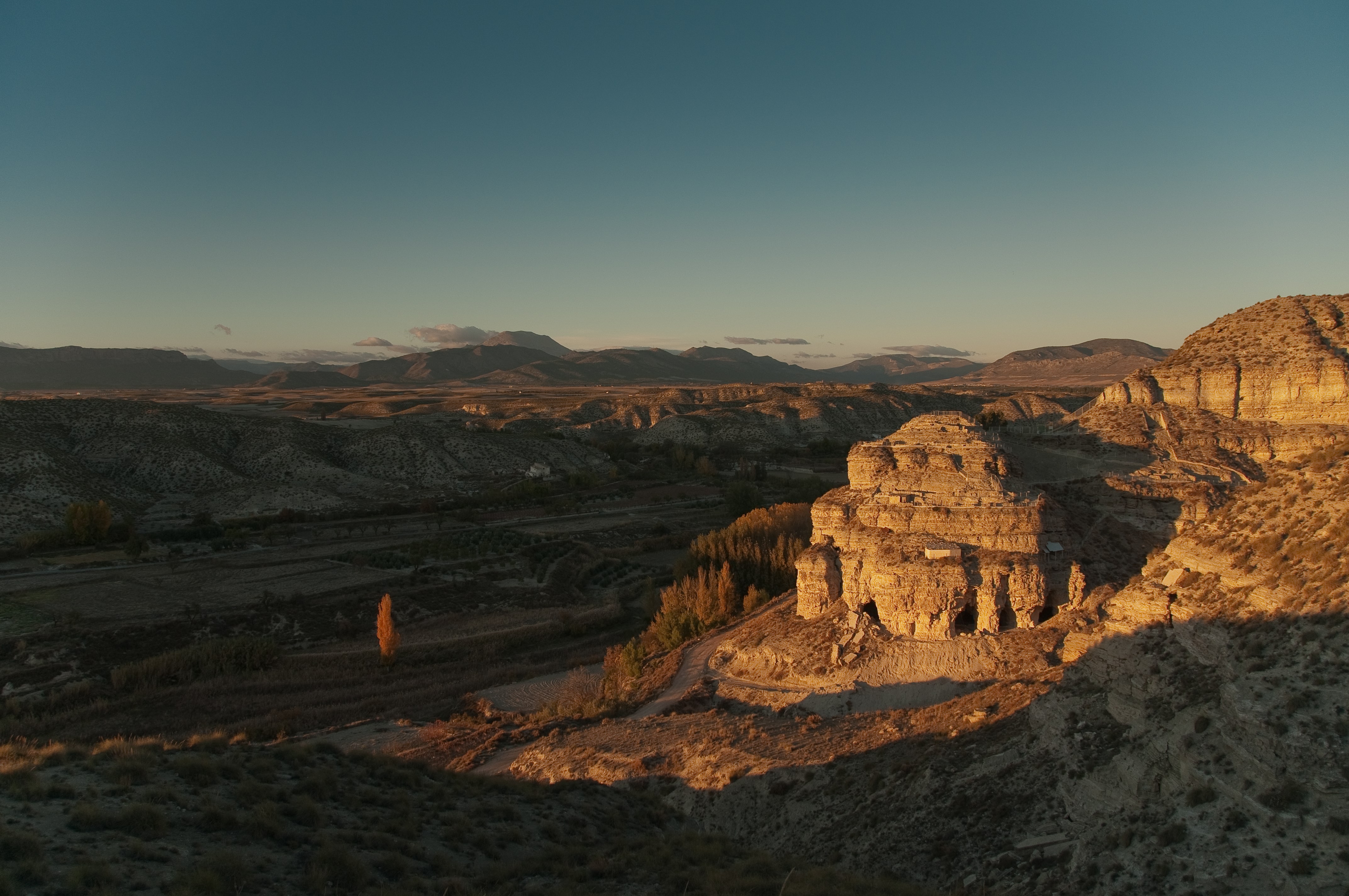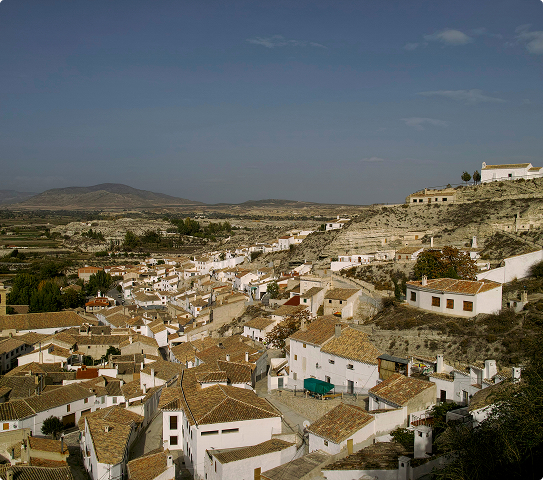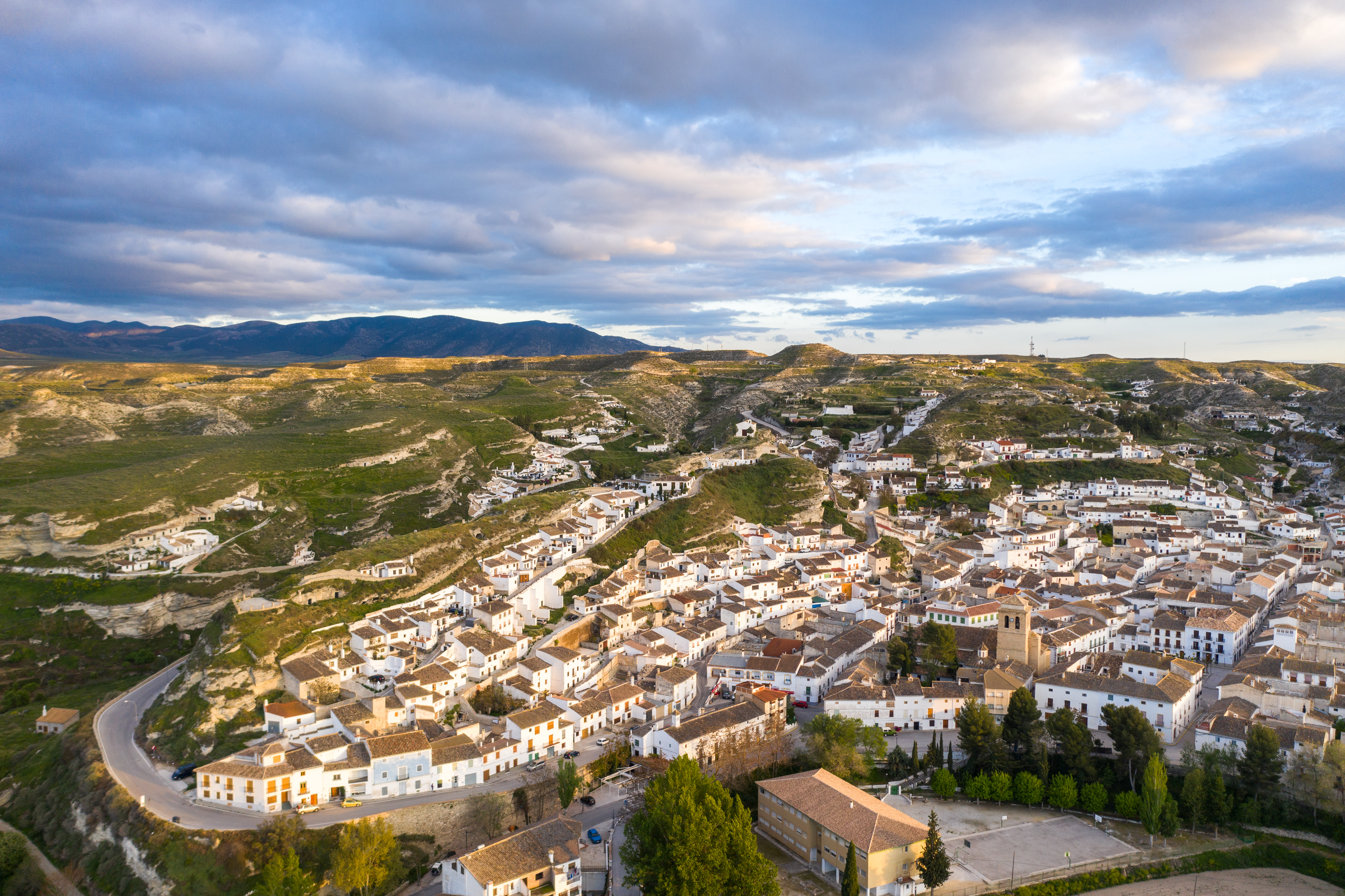History of Galera
Over 5,000 Years of History
The first documented settlement within the municipality dates back to the Late Neolithic period, in a storage pit excavated at Cerro del Real, dated between 3769–3642 cal BC.
During the Early Copper Age (3000–2700 cal BC), numerous settlements have been documented, although the population in the area remained very sparse.
During the Bronze Age, a large number of settlements are known in Galera, including Castellón Alto, where the Mummy of Galera was discovered. These are the oldest mummified remains on the Iberian Peninsula.
After the abandonment of virtually all Argaric settlements, the Late Bronze Age Culture of the Southeast (1400-1250 cal. BC) represents a restructuring of settlement patterns, with a significant reduction in the number of settlements. At this time, a new settlement was established at Cerro del Real.
The Iberian settlement was structured around the oppidum of Tútugi, located on Cerro del Real, which reached its peak between the end of the 5th century and the 3rd century BC.
The necropolis of Tútugi is located north of the settlement and across the Orce river, covering an extensive area characterized by a landscape of small hills used for the placement of artificial burial mounds that cover a chamber.
Tomb 20 was the first to be built and stands out both for its architecture, constructed with precise measurements and astronomical orientation, and for its grave goods, among which the Goddess of Galera was found.
With the landing of Roman troops at Emporion in 218 BC, a period of nearly two centuries known as Romanization began.
We do not know what kind of relationship the inhabitants of Iberian Tútugi established with the Romans, but the fact that the city continued to be inhabited and retained its Iberian name suggests it did not resist violently, unlike other nearby settlements where violent resistance has been documented.

About Galera
Argaric Culture
During the Bronze Age, the Argaric Culture developed in the southeastern Iberian Peninsula, forming one of the most complex and significant societies known up to that time. 4,000 years ago, they created one of the earliest urban and state-level societies in the western Mediterranean. If you travel to the Altiplano region of Granada, specifically to the municipality of Galera, you can visit the fascinating Argaric archaeological site of Castellón Alto, dating from between 1900–1600 BCE.
The Morisco Revolt
The Morisco uprising in Galera was part of the Rebellion of the Alpujarras, which began in 1568 during the reign of Philip II.
The Moriscos, Muslims who had converted to Christianity, rose up in arms in protest against restrictive measures imposed by the crown, including the Pragmatic Sanction that limited their customs and culture. Galera became the focal point of Morisco resistance in the region, enduring a prolonged siege before ultimately falling to John of Austria and his army.


About Galera
Galera Today
Starting in 1591, the locality was repopulated again with families who were granted plots of land to settle in the area.
In the flattest area of the village, around the church, streets were laid out and spaces designated for the construction of homes to be occupied by the new settlers. Thus, Galera has remained inhabited up to the present day.

